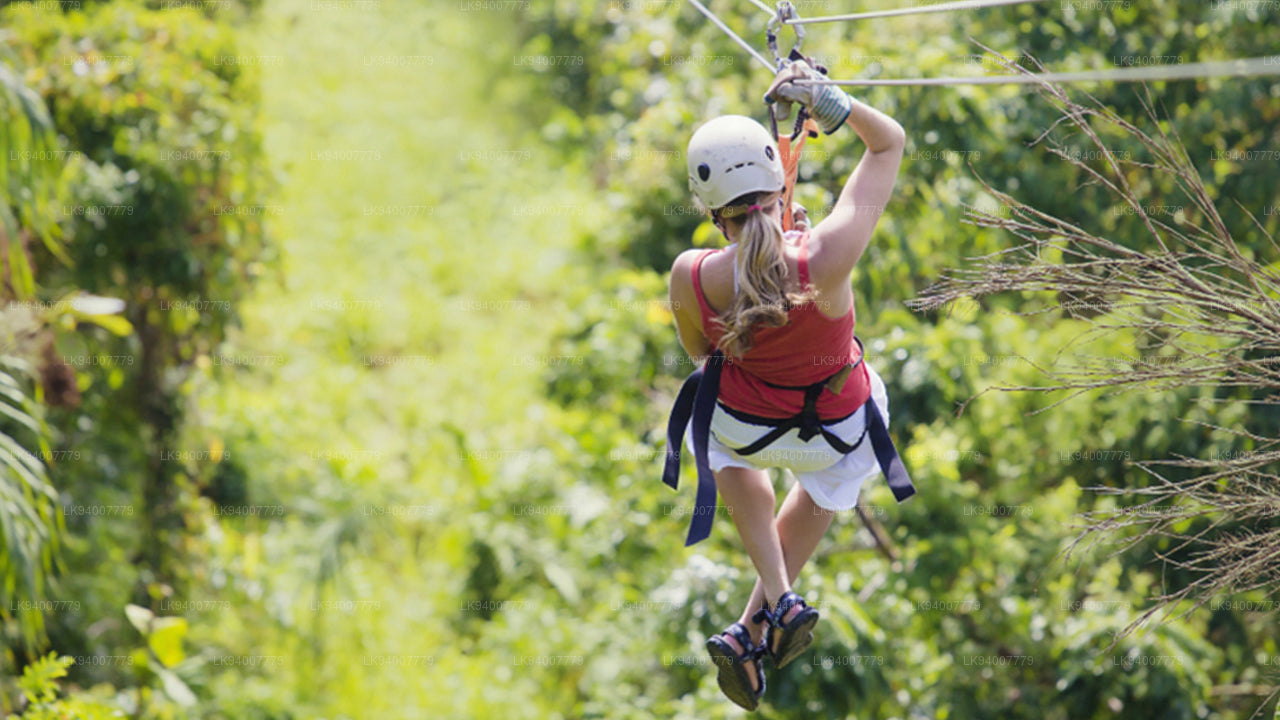
Matale City
Matale, Sri Lanka, is renowned for its lush vegetation and spice gardens. Located in the central province, it offers a rich cultural experience with cooking classes and demonstrations. Visitors can learn traditional recipes and techniques, such as clay pot cooking, and enjoy dishes like chicken curry and dhal curry, making Matale a culinary and cultural treasure.
Mirror Wall
The Mirror Wall at the Sigiriya Rock Fortress in Sri Lanka, is now stained in hues of orange. When it was built by King Kasyapa over 1600 years ago it was a highly polished white masonry parapet wall that inched its way precariously along the near-perpendicular western surface of Sigiriya Rock.
This wall is called as the ' Kedapath Pavura' or the Sigiriya Mirror Wall. It is done in brick masonry and has a polished plaster finish. Many of these writings on the Mirror Wall belongs to the time period between the 7th and the 11th Centuries AD. some of these had been written by native women indicating the literacy among the females at that time. These graffiti had been written using a metal styles which might had been common among people at that time for writing purposes. The expressions made in the verses are refined and the beauty of the ladies had been much appreciated in a simple literal way.
Only about one hundred meters of this wall exists today, but brick debris and grooves on the rock face along the western side of the rock clearly show where the rest of this wall once stood. Holes and grooves chiseled into the rock on the opposite side of the wall suggest that these were mounting points for supporting beams of a roof.
About Central Province
The Central Province of Sri Lanka consists primarily of mountainous terrain. The province has an area of 5,674 km², and a population of 2,421,148. Some major towns include Kandy, Gampola (24,730), Nuwara Eliya and Bandarawela. The population is a mixture of Sinhalese, Tamil and the Moors.
Both the hill capital Kandy and the city of Nuwara Eliya are located within the Central Province as well as Sri Pada. The province produces much of the famous Ceylon tea, planted by the British in the 1860s after a devastating disease killed all the coffee plantations in the province. Central Province attracts many tourists, with hill station towns such as Kandy, Gampola, Hatton and Nuwara Eliya. Temple tooth or Dalada maligawa is the main sacred place in Centrel province.
The climate is cool, and many areas about 1500 meters often have chilly nights. The western slopes are very wet, some places having almost 7000 mm of rain per year. The eastern slopes are parts of the mid-dry zone as it is receiving rain only from North-Eastern monsoon. The Temperatures range from 24°C at Kandy to just 16°C in Nuwara Eliya, which is located 1,889 m above sea level. The highest mountains in Sri Lanka are located in the Central Province. The terrain is mostly mountainous, with deep valleys cutting into it. The two main mountain regions are the central massif and the Knuckles range to the east of Kandy.










